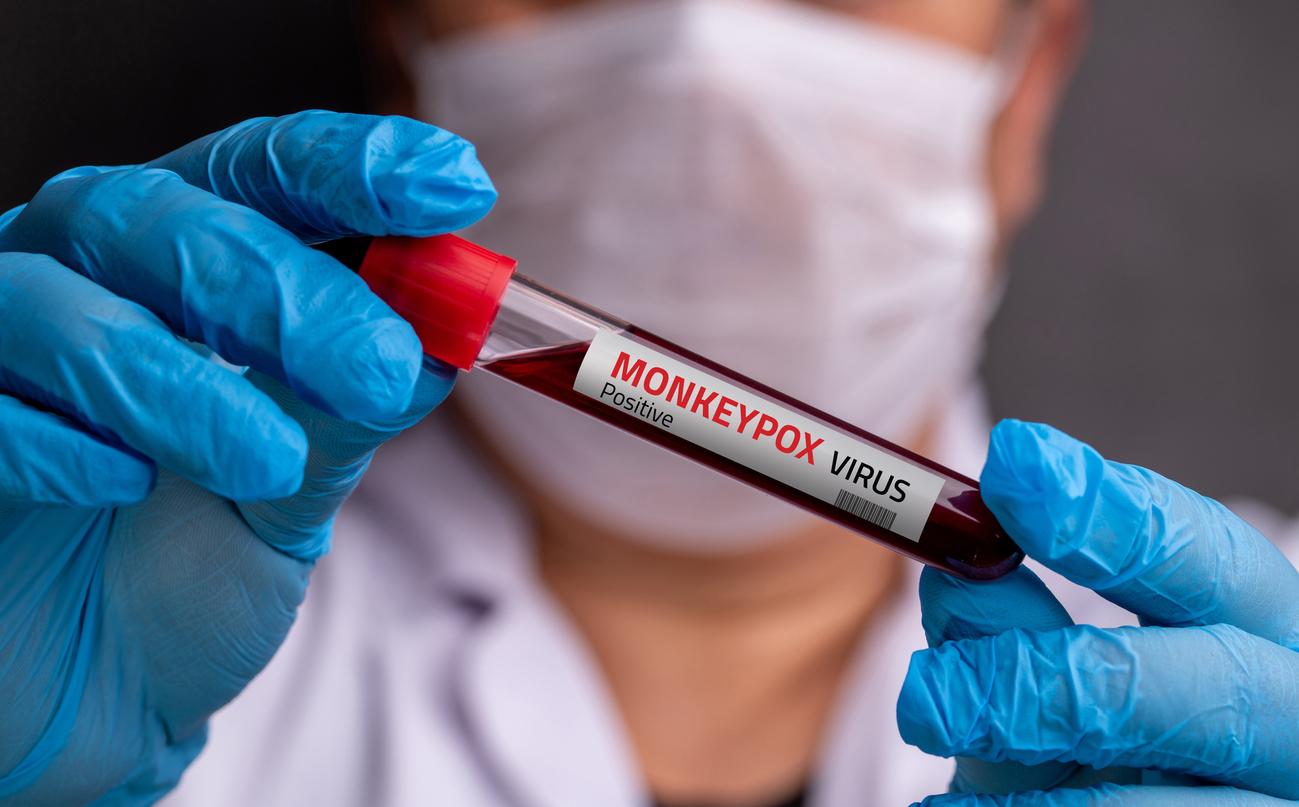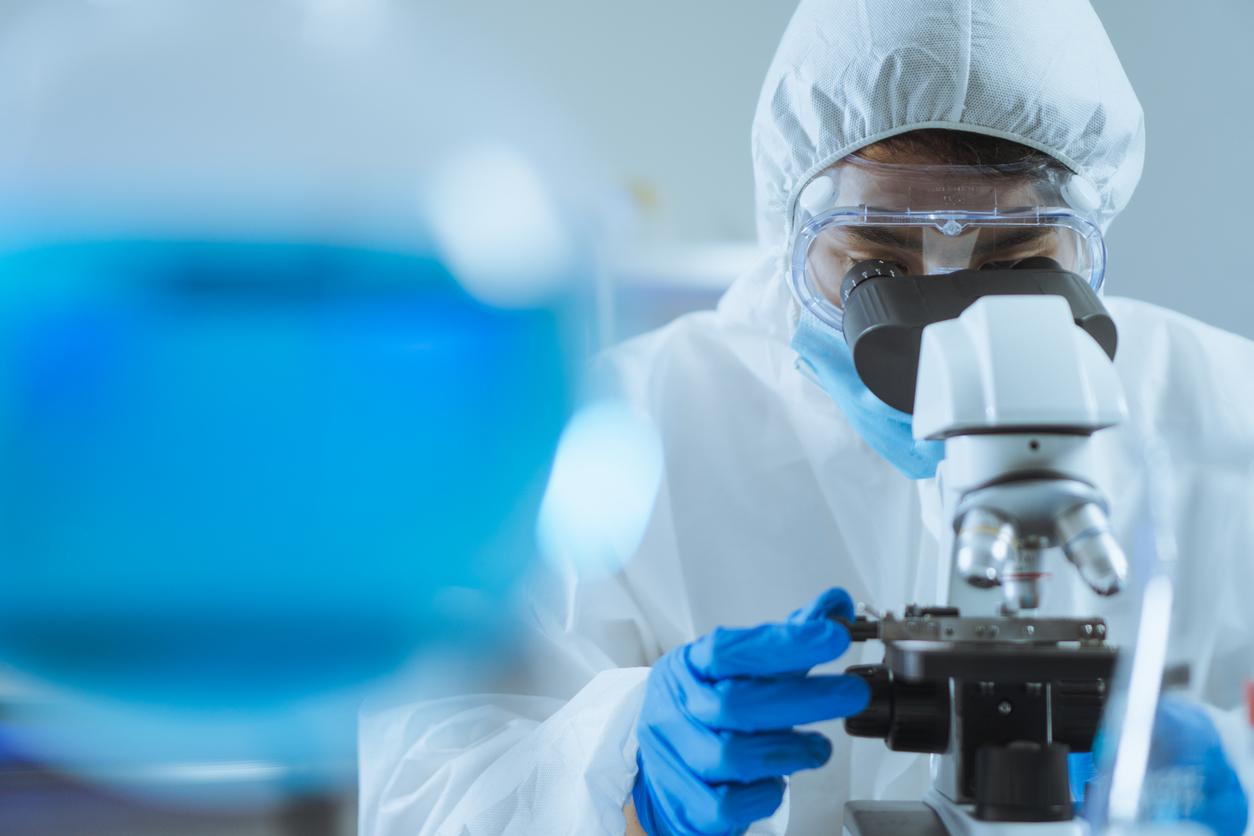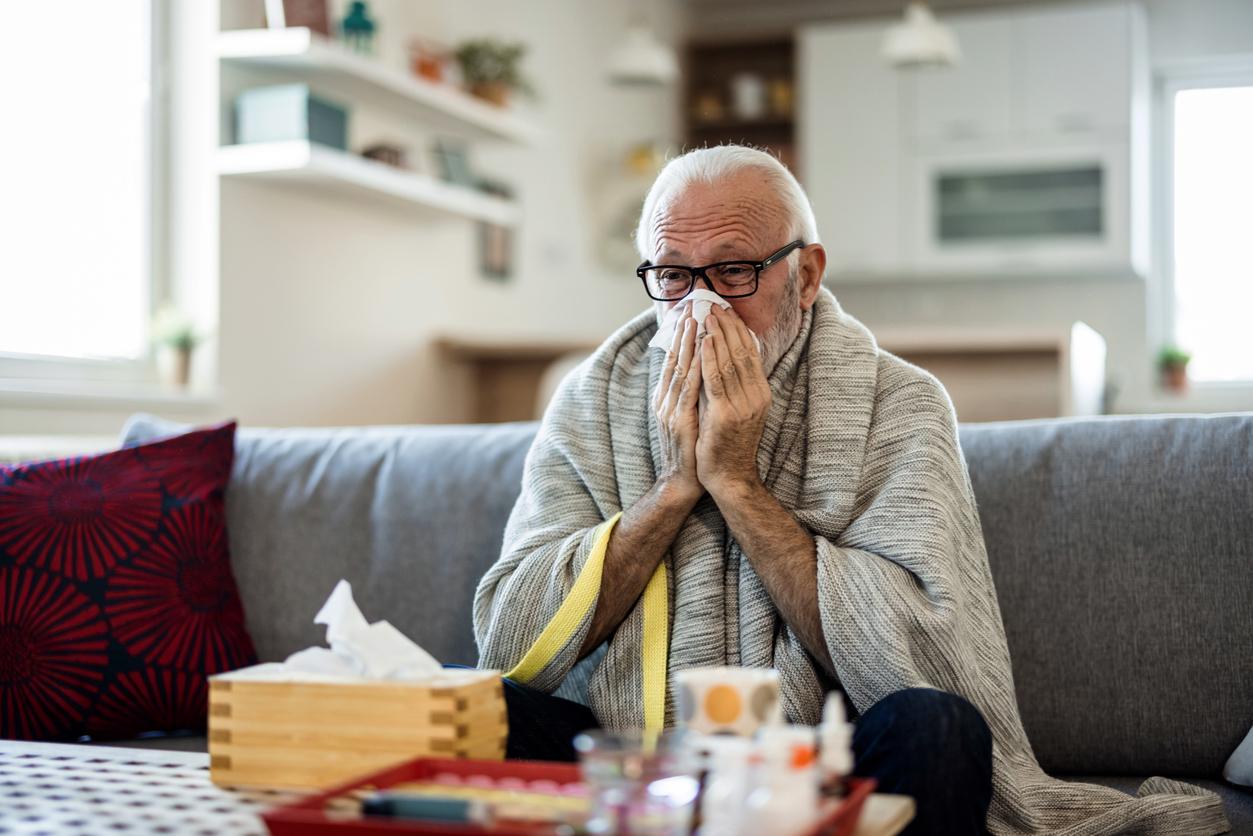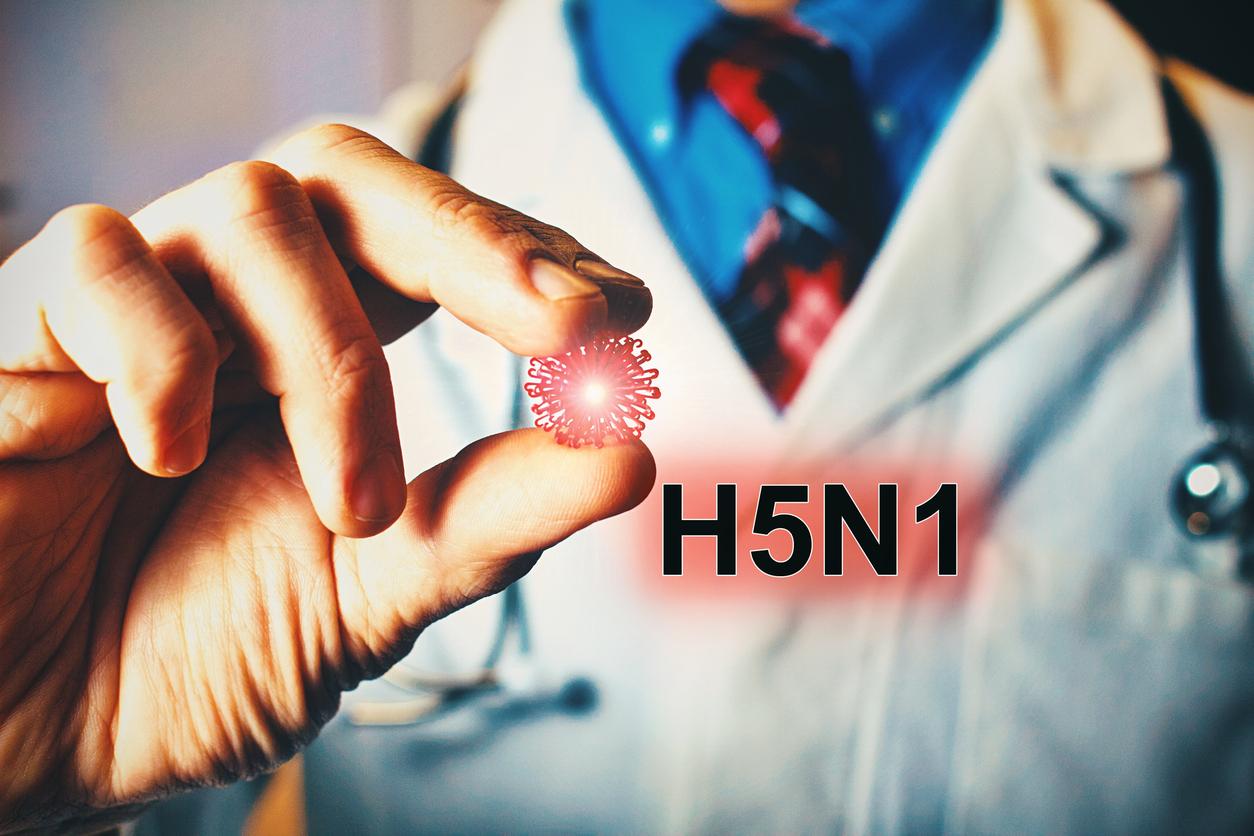Etienne Simon-Lorière, head of the Evolutionary Genomics of RNA Viruses Unit at the Pasteur Institute, disentangles the true from the false about the mutations of SARS-CoV-2, sources of anxiety for many French people.

Facing the senators, the now famous Didier Raoult explained that the coronavirus had suffered “a mutation”, adding that he had “detected seven mutants” and that he did not know “what the virus would become”. Following these anxiety-provoking declarations, generating fear of the emergence of a new invincible virus, Etienne Simon-Lorière, head at the Pasteur Institute of the Evolutionary Genomics of RNA Viruses Unit, sheds light on the real challenges of SARS-CoV-2 mutations.
The bat and the pangolin are the two animals suspected of harboring coronaviruses close to SARS-CoV-2. What happens when an animal virus crosses into humans?
Viruses mutate, that’s for sure, but our knowledge of this is limited. For SARS-CoV-2 or Ebola for example, we do not know how many mutations were necessary for these viruses to be able to be transmitted from human to human.
Does SARS-CoV-2 mutate faster than other known viruses?
No, it’s the opposite. SARS-CoV-2, like other viruses belonging to the RNA virus family, mutates slower than average. This is thought to be partly due to the fact that it has very large genomes.
What is the logic of these mutations?
Like other RNA viruses, SARS-CoV-2 mutates to survive. When it enters a cell, it replicates as quickly as possible before the immune system begins to activate. Hundreds and hundreds of copies can be produced, because SARS-CoV-2 has a capacity to absorb small changes in the genome that is quite large, and indeed quite fascinating.
Concretely, what consequences have the mutations of SARS-CoV-2?
Theoretically, all scenarios are possible. But in practice, it is very rare that the mutation of a virus allows it to acquire new properties. The only example that has been identified in the history of modern medicine is chikungunya. In the 2000s, this tropical virus mutated to be able to move thanks to new mosquitoes. It is probably this mutation that caused its emergence and the large epidemic that followed in the Indian Ocean.
Regarding HIV, a first case of transmission of a multi-resistant strain has just been discovered in France. Can we expect the same for SARS-CoV-2?
No, because we currently do not have a global treatment for SARS-CoV-2. In the case of HIV, it is a virus that causes chronic infections for which treatments exist. When we speak of “a multi-resistant strain”, it is a strain that has mutated to resist drugs.
There are growing calls for flu vaccinations. Is it possible that SARS-CoV-2 and the flu mutate to combine into a new virus?
This is impossible, because they are completely different viruses in their viral cycle strategy. The flu is a virus whose genome is said to be negative, that is to say that it is read from right to left. Conversely, coronavirus is virus positive, read from left to right. Therefore, the two ways in which the genome is stored in the viral particle are not compatible with each other.
Can SARS-CoV-2 become a seasonal virus, and will the vaccines have to be repeated every year in this case?
Today, everything is possible, we don’t yet know how things will turn out. SARS-CoV-2 can become seasonal, like other viruses before it.
Regarding vaccination, it will be done according to the quality of the immunity of the future vaccine against SARS-CoV-2. Vaccines against measles and yellow fever, for example, provide immunity for decades. But if the SARS-CoV-2 vaccine is less effective, then people will need to be re-vaccinated.
Beijing authorities claim that SARS-CoV-2 is not the same in China and Europe, explaining that the European form is more harmful. Do you think this is correct?
No. For the moment, the variations of SARS-CoV-2 in Europe, the United States and South America are sufficiently close for it to be considered that it is the same virus everywhere, with the same clinical presentations.
The only thing that we have been able to observe is a mutation that appeared quite early in the epidemic, probably in China, at the level of the “Spike” protein, which gives rise to a very small increase in transmissibility. But this does not influence the severity of the disease, and it is not a cause for concern at the moment.
Facing the senators, Didier Raoult explained that the coronavirus had undergone “a mutation”, adding that he had “detected seven mutants” and that he did not know “what the virus would become”. Do you agree with these statements ?
That he doesn’t know seems obvious to me, because no one is a diviner. On the other hand, the figure of seven mutants seems to me a little surprising. We estimate that RNA viruses mutate about twice a month, so SARS-CoV-2 is thought to have mutated about 18 times since the start of the coronavirus outbreak. These mutations are normal and expected, and have no effect (we also speak of silent mutations). They even make it possible to better follow the evolution of SARS-CoV-2, thanks to the small local differentiations that now exist. This can for example indicate to which countries the borders should be closed, where before, the variant was the same everywhere.
.















